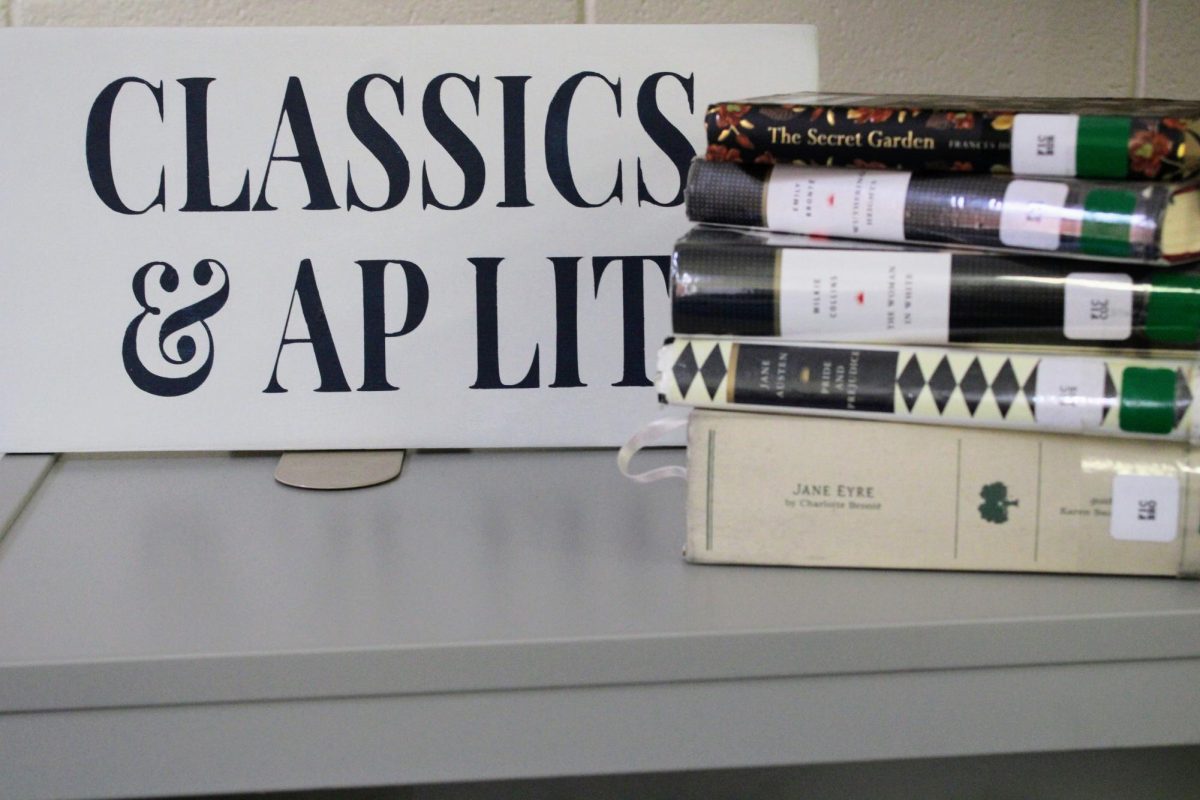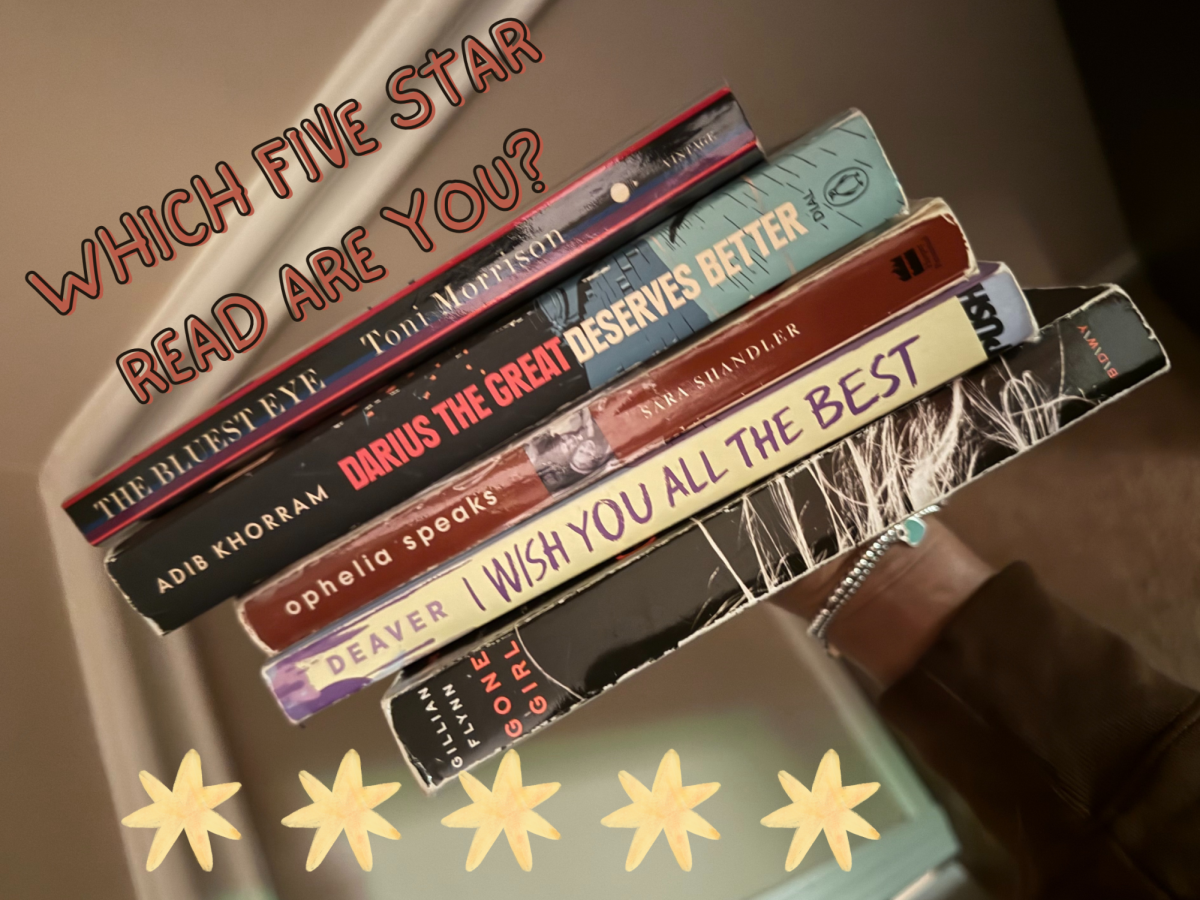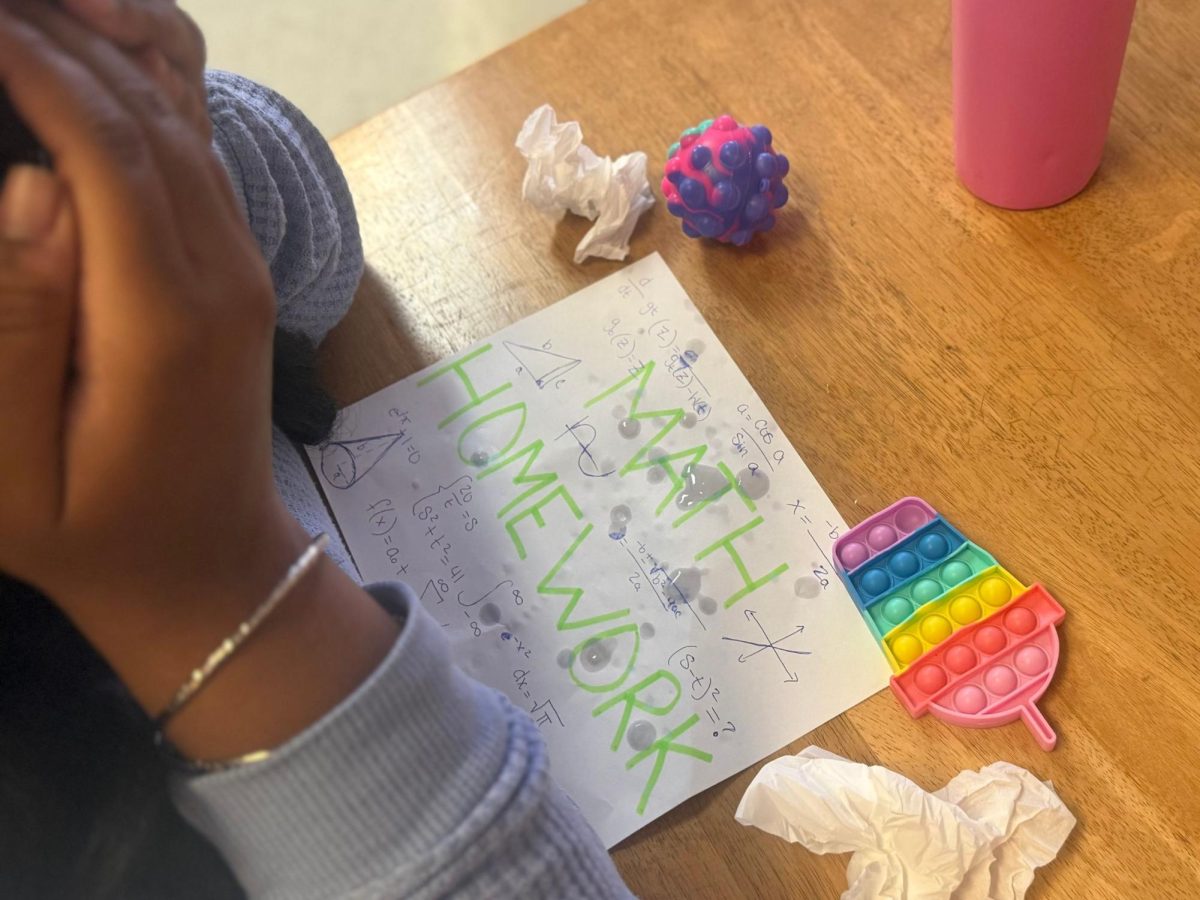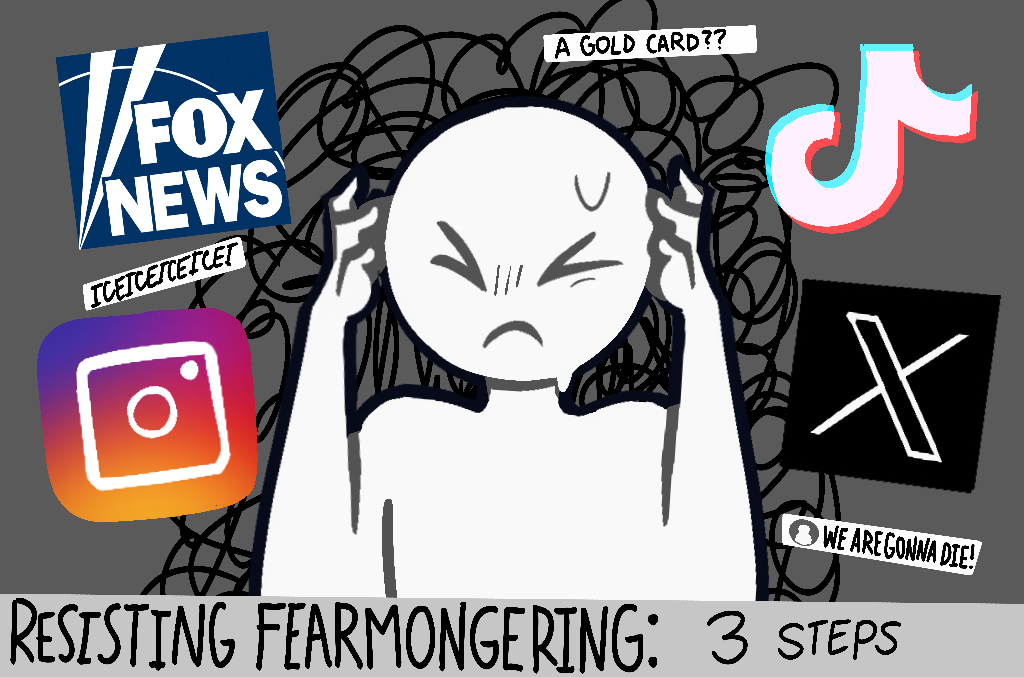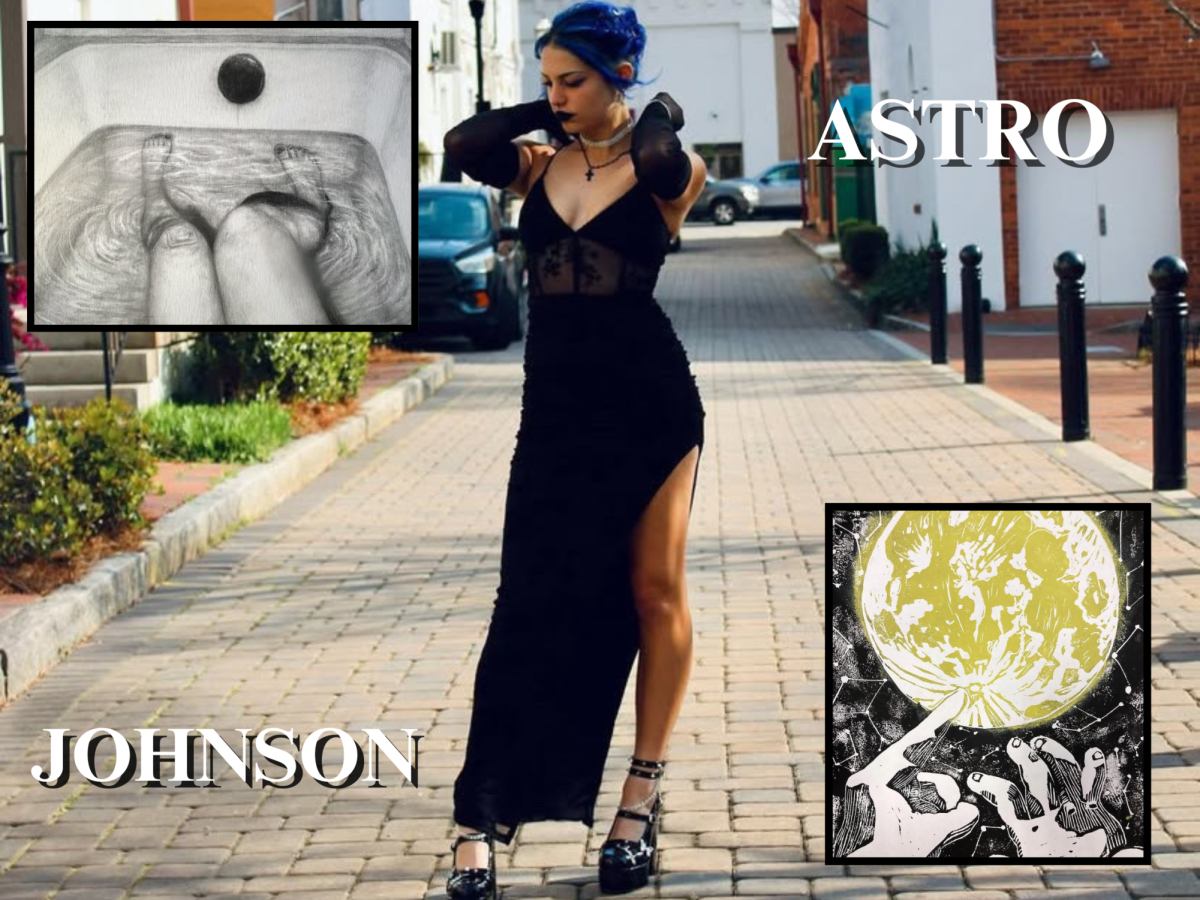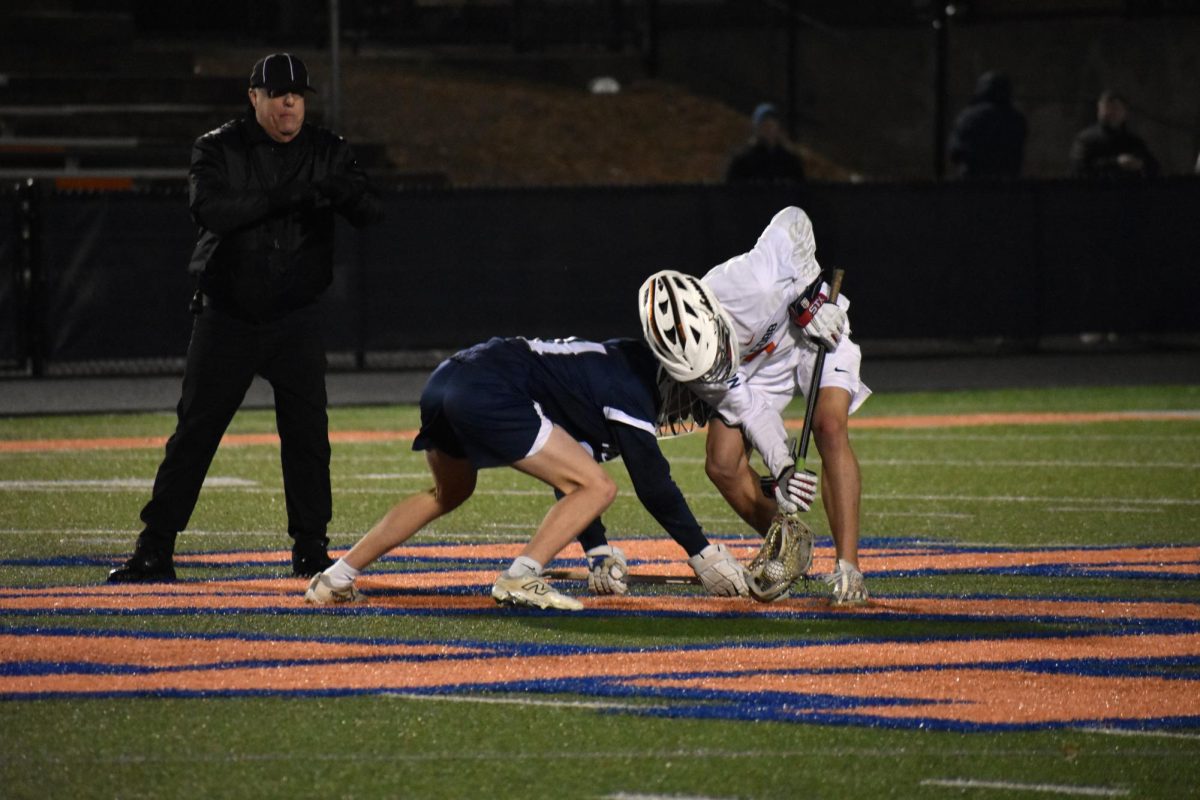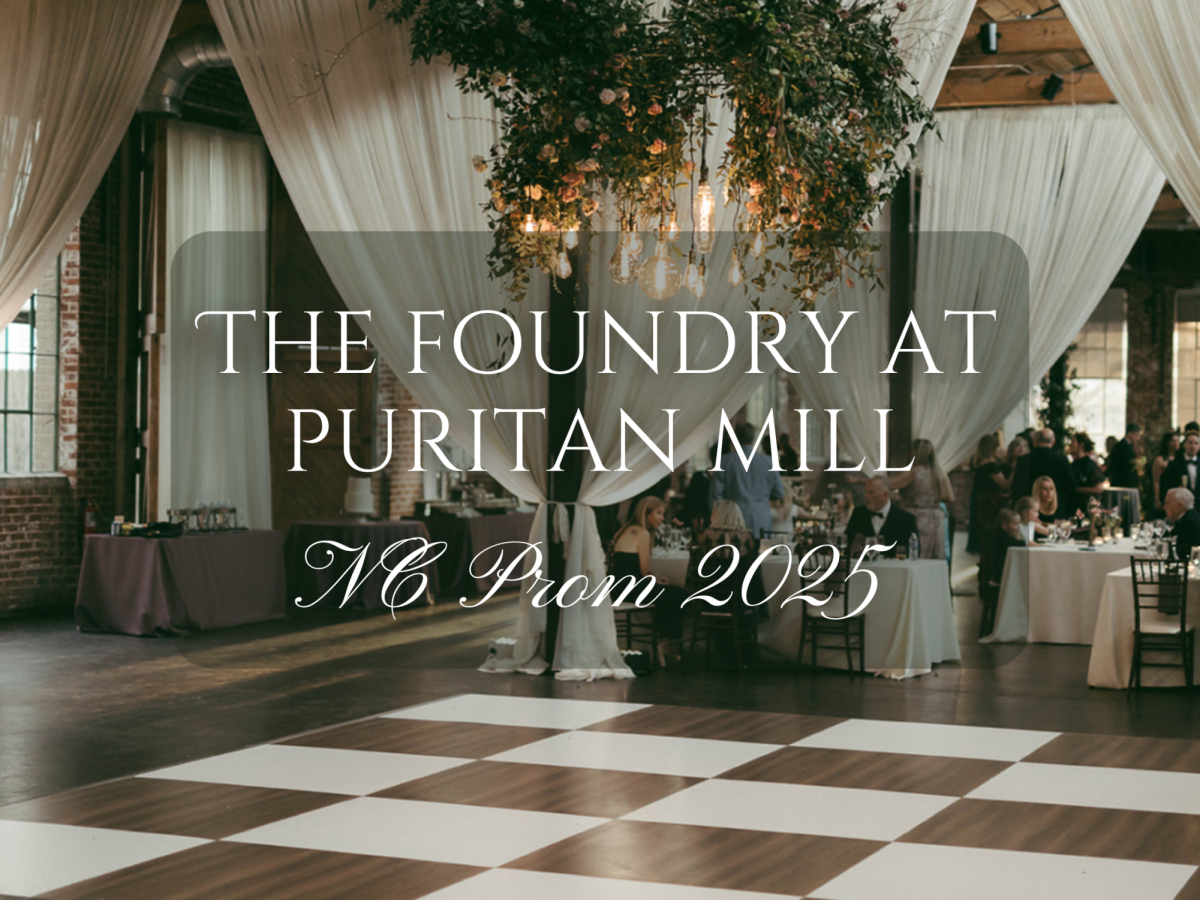Classic novels tell the life-changing stories of historical periods and continue to enrapture global audiences of modern times. Now, classic novels showcase tough moments such as war and financial struggles, expressing new genres and different ways to produce a story including style and structure change and word meaning transformation. Diverse voices shine through these classics, offering deep dives into human experiences, unforgettable characters and cultural significance to detail unique experiences around the world.
“Classic novels contain many themes that still have relevance and continue to resonate with readers today. These books present issues that people can still relate to in modern society. Classic novels also continue to be relevant through modern adaptations and retellings. Historical fiction transports us to a different time period, fills historical gaps, and connects us to the mindset of people that lived during those historical events,” ninth-grade literature teacher Laura Smith said.
“Narrative of the Life of Frederick Douglass”
Frederick Douglass, a former slave and impassioned abolitionist, published the “Narrative of the Life of Frederick Douglass” in 1845 which, in turn, led him to become a leading spokesman for society. He utilized his narrative to capture descriptions of his childhood, his life as a former slave and his eventual freedom to showcase the way he overcame physical abuse, deprivation and tragedy. Douglass desired to inform people about the cruelty of slavery and to display that the color of one’s skin does not limit his or her capability of success.
Publishers released Douglass’ first autobiography in several foreign languages and it quickly became an American bestseller. Throughout his book, Douglass documented his childhood working for Edward Covey and the moment Douglass successfully sought shelter at the home of abolitionist David Ruggles after escaping slavery dressed as a sailor. Through the Realism period and concepts of enslavement and freedom, Douglass captured a significant role in politics, literature and civil rights among fellow abolitionists until his sudden death in 1895.
“Women of the Harlem Renaissance”
The Harlem Renaissance—an era that lasted from the 1910s until the mid-1930s—changed society, as the world saw a rise in Black art, music and writing from both male and female perspectives. “Women of the Harlem Renaissance” explores subjects including loss, love, motherhood and Jim Crow Laws, while focusing on the stories of literary women of color during the movement. Throughout this classic, author Cheryl Wall explores the lives and works of acclaimed Black female writers, essayists, poets, novelists and playwrights who embraced aspects of empowerment and passion in their field of work. While a vast majority of their work appeared less significant during the 1900s, the Harlem Renaissance allowed women to encourage one another to reach their dreams.
Wall artfully illustrates artists such as Zora Neale Hurston and Jessie Fauset through their struggles to reflect the lives of Black communities, specifically women, within their literary work and the way they overcame their troubles. Not only did female writers achieve representation during this era but female musicians and leaders brought an understanding of the social and historical impact of the African-American woman in modern society.
“On Love and Barley: Haiku of Basho”
Matsuo Basho, a Japanese master of Haiku and Buddhist monk, struck Japanese communities as he gained popularity through his poems which combined “karumi”—the idea of the lightness of touch—with the zen ideal of oneness with creation. “On Love and Barley: Haiku of Basho” detailed the diminutiveness of human life in comparison to the beauty and vast landscapes of nature to showcase his life-long travels through his concise poetry. A plethora of Basho’s poems elaborate on his role in society but also poetically explain his persona as an individual and as a poet.
While this collection contains only a narrow portion of his poems, the book required translation from the Haiku poetry style to English which deems as one of the hardest language tasks imaginable to various poets. Basho alludes to his time in Japan during the 17th century to showcase the poverty, war and death occuring while intertwining the overwhelming mood of serenity and the riches in nature, which ultimately influenced his work.
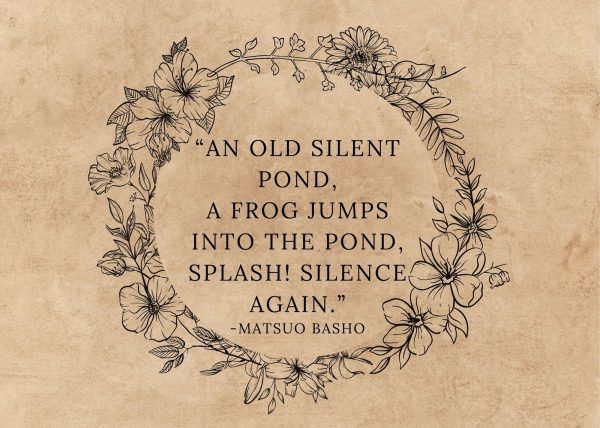
“One of my favorite authors is Kristin Hannah. She wrote “The Great Alone”, which is about a former prisoner of war (POW) who comes home after the Vietnam war, a changed man and moves his family to Alaska, where they live off the grid in America’s last true frontier. My other favorite Hannah novel is “The Nightingale,” which tells the story of two sisters in France during World War II and their struggle to survive and resist the German occupation of France,” Smith said.
Maturing within different eras of the world allowed poets, writers and journalists to delve into powerful themes surrounding their communities. Writers including Douglass, dive into childhood traumas during the 19th century, Basho details the intricacies of nature, while Wall captures the life-changing events for women and their rise in acknowledgment during the Harlem Renaissance.




